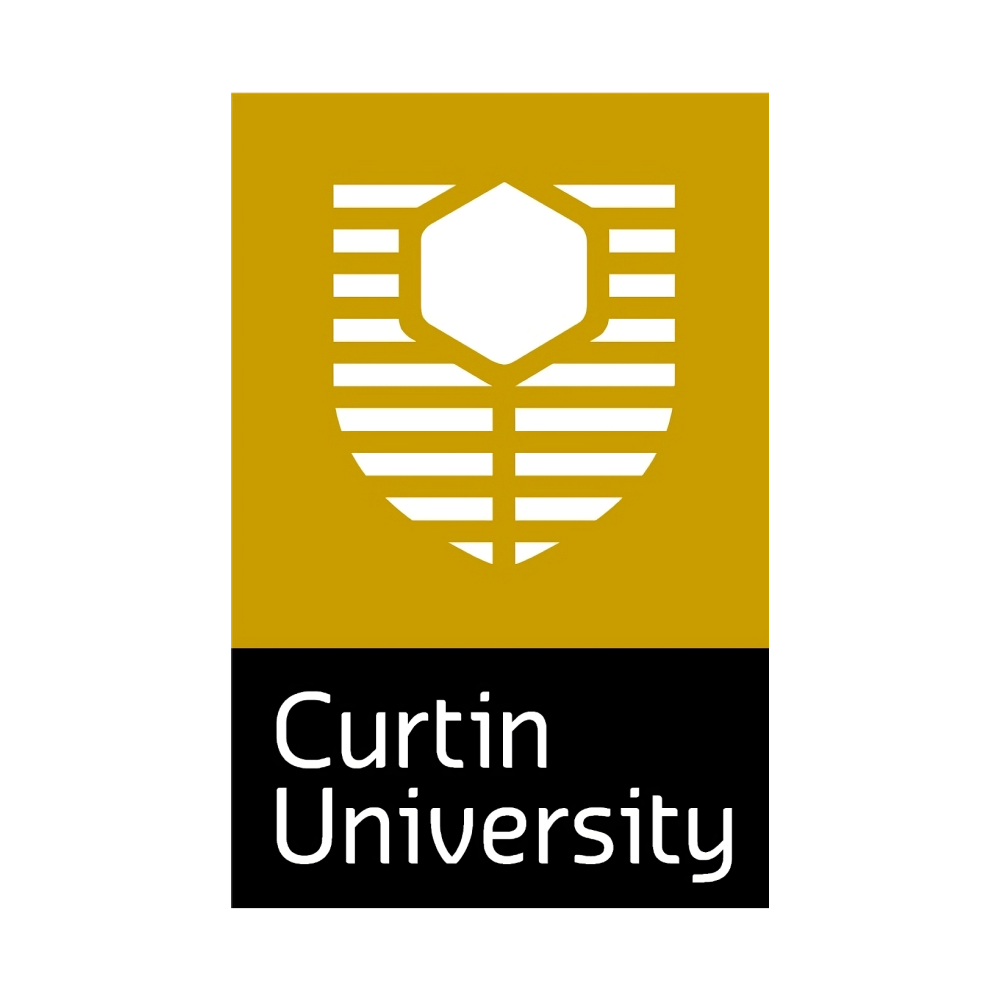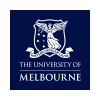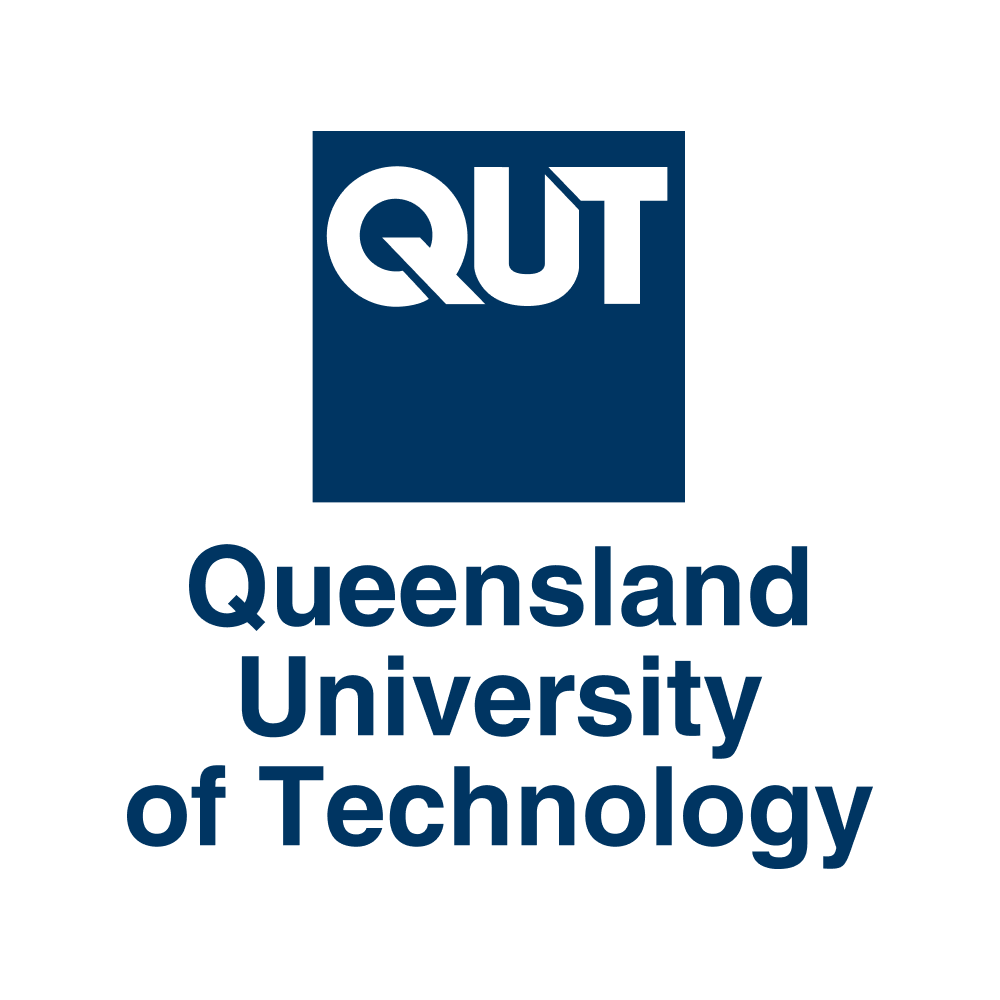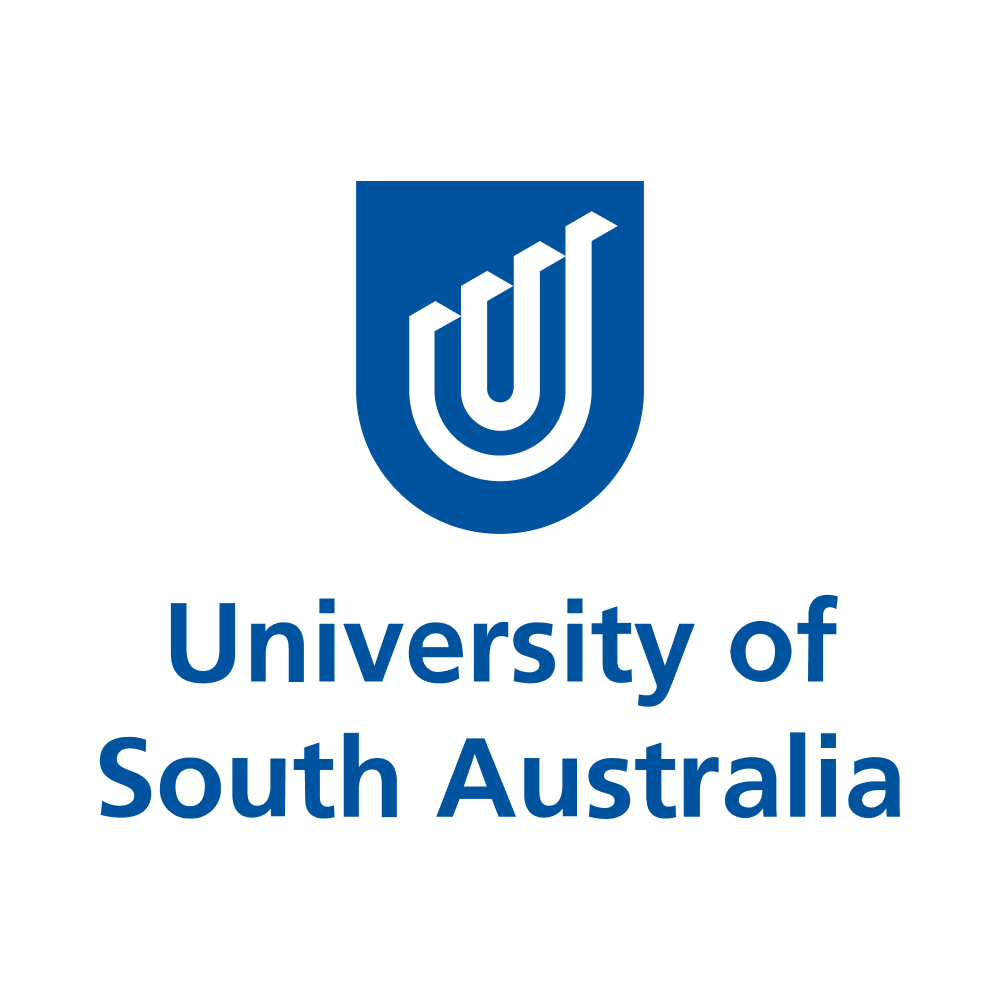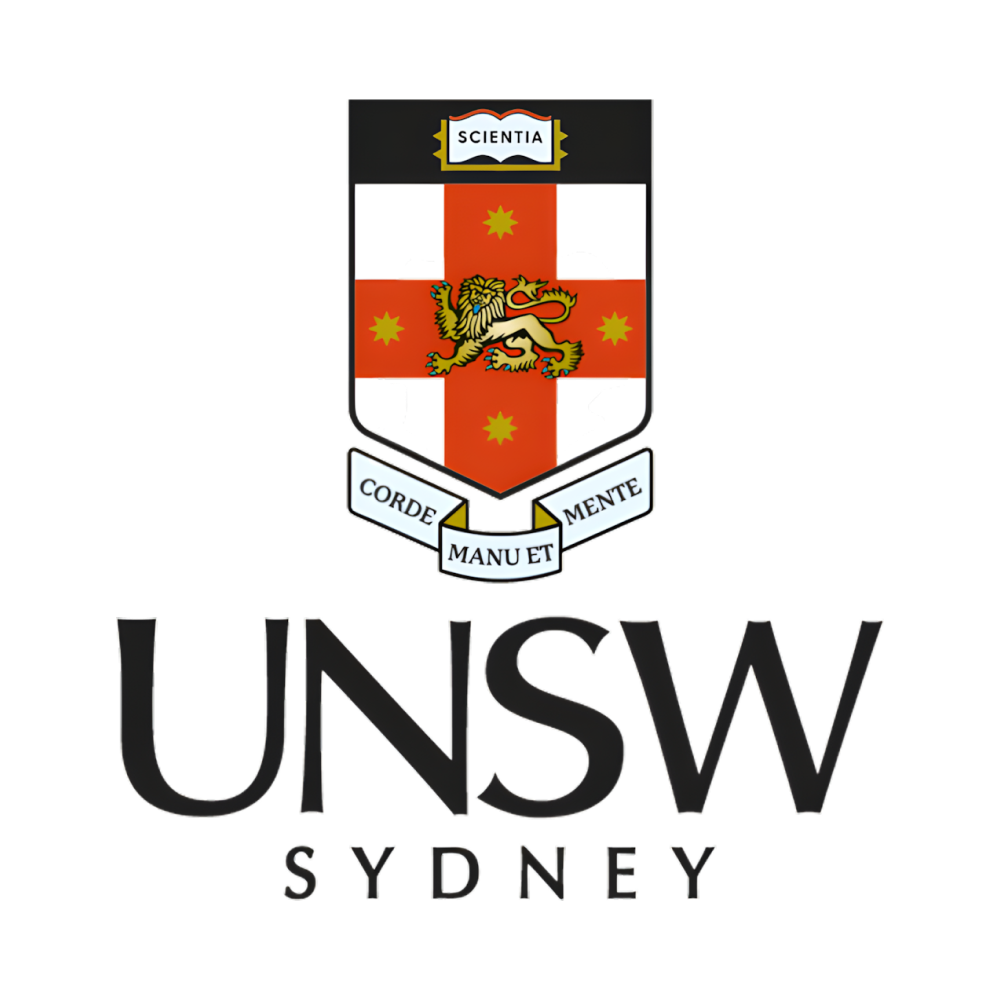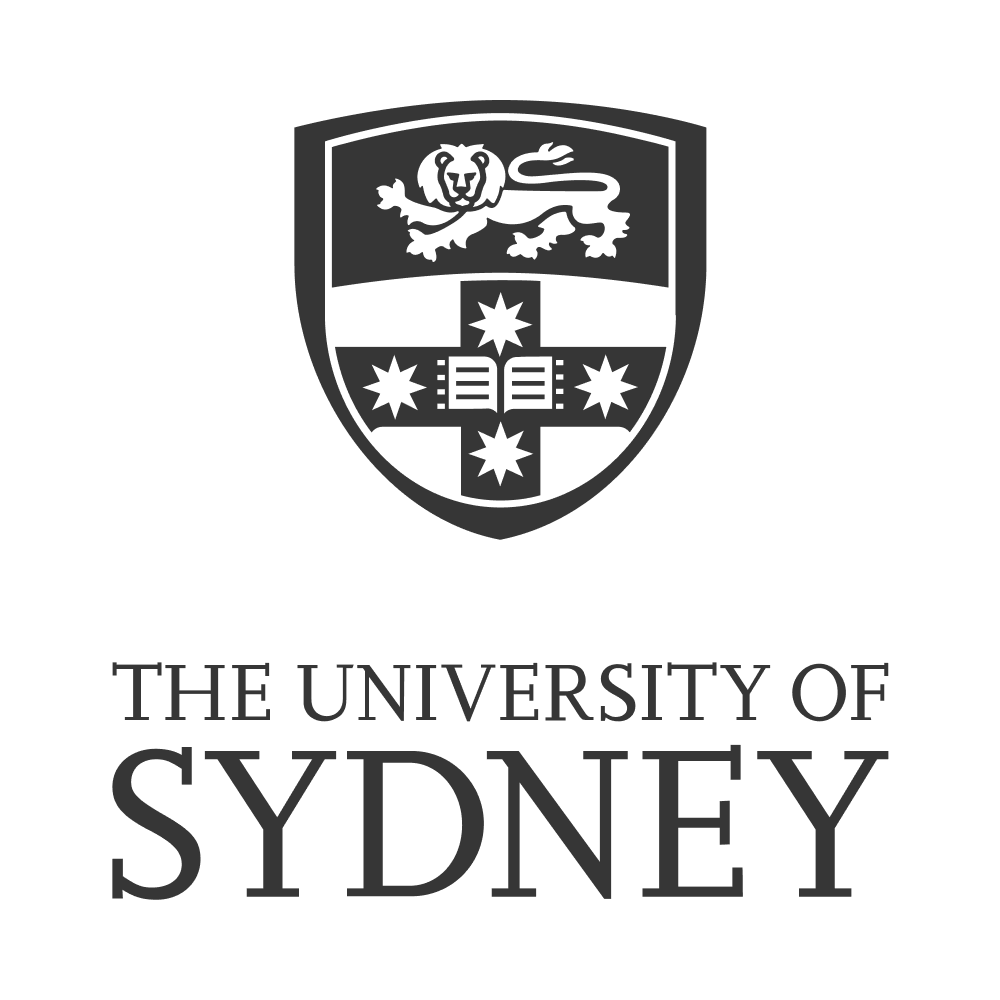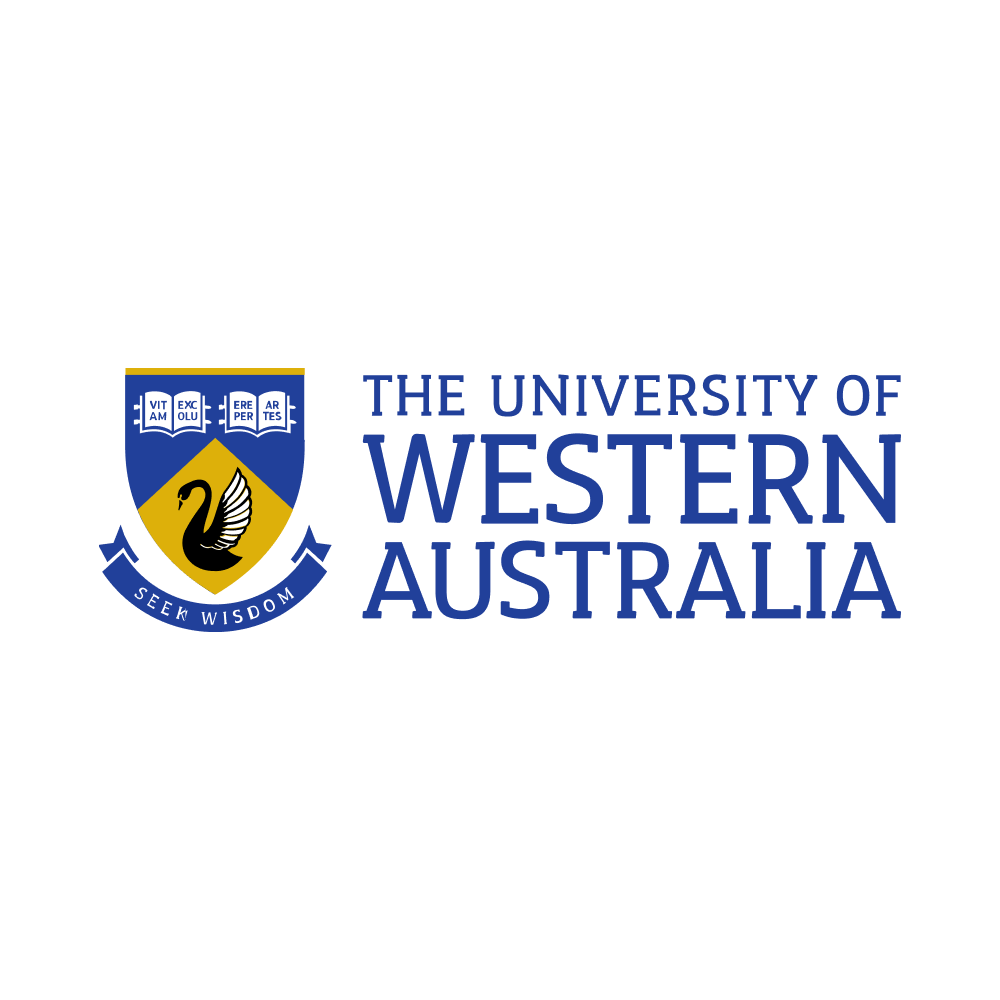
Petra Zink is a personal brand strategist, and she believes an MBA essay should be viewed as a valuable marketing tool.
“A personal statement is about demonstrating competence and confidence,” she says, “proving how you can translate your credentials and experience into an outcome.”
We’ll show you the essential elements of an MBA personal statement and how to apply for an MBA with an essay that counts.
What does an MBA personal statement look like?
Also known as an MBA essay, a personal statement is part of the application process for many MBA programs. It serves as an introduction and a summary of your professional achievements, including notable triumphs, awards, innovations and reflections. Along with your professional experience and educational background, the statement assesses your future goals and suitability for the course.
As most MBAs have student capacity limits, the essay helps to determine your suitability and showcase your strengths and experience in a way that test scores and resumes can’t.
After applying and moving on to the next stage, the university’s admissions committee reviews the statement. Along with other credentials — including professional experience, qualifications, grades and scores — the MBA personal statement then goes on to determine your acceptance.
How is it structured?
The structure of a personal statement for an MBA application depends on the university’s requirements. Most commonly, it’s written in an essay format with an introduction, body and conclusion.
Some educational institutions request a general personal statement about your suitability for the course, giving you flexibility in what to discuss. Others have specific questions that they want candidates to answer. These can include:
- How do you plan on contributing to the university’s community?
- Which of your values aligns with the university’s values?
- What are your long-term career goals?
- What do you hope to gain from completing an MBA?
The committee reviewing your statement will be assessing many applications, so while it’s essential to stand out, it’s best to observe the recommended outline.
5 steps to writing an MBA essay
The best way to write an MBA essay is to view it as any other one. The process should include research, drafts, outlines and editing before you submit the final document.
Follow these steps to learn how to write a personal statement for MBA applications that helps you stand out from the crowd.
Step 1: Do your research
Learn as much as you can before you start writing. After reading through the complete guide to choosing an online MBA, begin researching the university you're applying to and the specifics of the MBA program. Consider how your goals and values align with the course providers and the degree. Read other MBA personal statement examples from successful applicants for inspiration.
Step 2: Create an outline
If the application provides a recommended layout or questions for an MBA personal statement, follow them. Otherwise, a simple introduction, body and conclusion structure is best.
Step 3: Make the first draft
Begin with a draft, noting the key points you wish to cover. Think of the significant achievements and lessons of your life that have pushed you towards wanting to study for an MBA. Apply these to the themes and questions asked in the personal statement to ensure relevancy.
Step 4: Compile evidence
Provide evidence to back up any claims you’ve made. These include facts, figures, personal stories, case studies and testimonials. “I always recommend connecting stories and studies,” Petra says. “Studies are the process, data and method side of things, and stories are the personal approach you took to get there.”
Step 5: Proofread and review
After completing the essay, put it aside for a day or two so you can come back and read it with a fresh perspective. When you’re done, ask a co-worker or peer to review it. Petra explains: “It’s important to get an objective view of your statement. Sometimes, we’re unable to take a step back and see things clearly, so getting feedback from somewhere else is important.”
The dos and don’ts of an MBA personal statement
A solid personal essay can clinch the deal for your acceptance into an MBA program. These dos and don’ts will ensure the essay accurately represents you and compels the admissions team to consider you a suitable applicant.
Do:
Promote your benefits. Petra recommends focusing on the benefits you offer rather than your features. “It’s not just about credentials and experience but results and benefits. What can you offer? And what’s your point of difference?”
Keep it succinct. Your statement needs to be passionate and to the point to pique the reader’s interest. “If you can describe what you’re capable of in 10 words or less, you’ve sparked their curiosity and intrigued them to read on,” says Petra.
Tailor your statement. Highlight specific features of the MBA program and university you're applying to that align with your goals and values. Personalising your personal statement can help demonstrate your enthusiasm and commitment to thrive as a student in the course.
Don’t:
Sum up your resume. An MBA essay is not intended to give a timeline of your professional experience, so leave that to your resume. Focus instead on significant achievements, lessons learned during your career, innovations and professional goals.
Focus on the negatives. Don’t waste valuable time explaining gaps in your resume or why you left a specific job. Use the words you have to focus on the positives instead. Don’t be afraid to use emotions to connect the reader to your story.
Be too generic. Avoid cliché statements and generalisations. The point of this essay is to introduce yourself and demonstrate your strengths. It should be specific to your experience and perspective to stand out.
Take the next step in your career
A well-written MBA personal statement can be the deciding factor in securing a place at your chosen university and undertaking studies that will shape your future. It should highlight your career path, where you plan on going and how the degree will push you further. Learning how to write a personal statement for MBA applications is just one part of the process, but an important one.
Preparing a personal statement requires you to determine which course you're applying for. You can find plenty of MBA programs offered by reputable universities in Australia. Select your preferred program and study its requirements so you can write a unique and compelling personal statement for your application.

